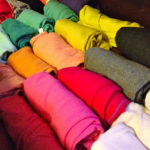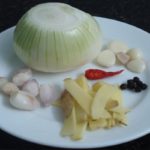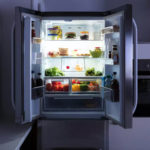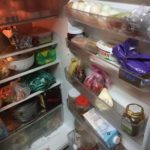Vacuum bags, primarily designed for food packaging, offer a multitude of benefits beyond just preserving food items. Let’s explore everything you need to know about these innovative bags, including their functionality and versatility.
1 What are Vacuum Bags?
Vacuum bags, also known as plastic food bags, are specially designed using modern vacuum sealing technology to prolong the shelf life of various products. These bags are typically made from plastic (PE) and are widely used in the food industry to keep perishable items fresh for extended periods.
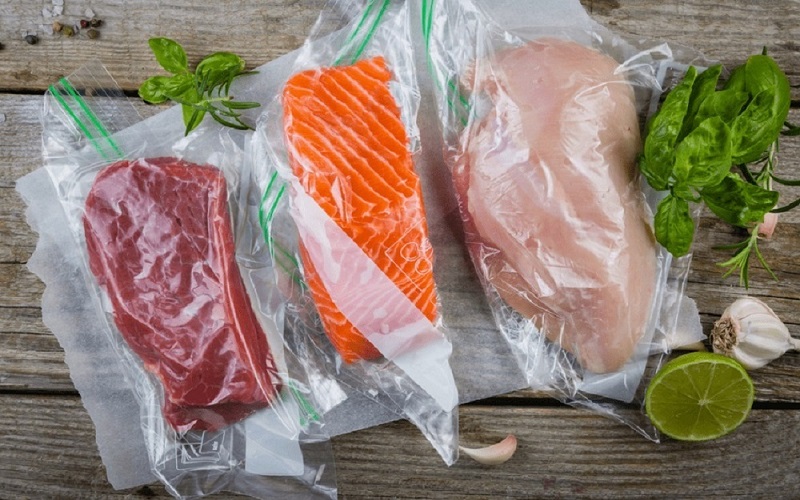 Vacuum bags help preserve food
Vacuum bags help preserve food
The introduction of vacuum bags has revolutionized the food industry, offering a more effective way to preserve perishable food items and extend their freshness.
Additionally, vacuum bags help reduce transportation and storage costs, making them an increasingly popular choice in today’s world.
2 Vacuum Packaging Method
Vacuum packaging involves removing air from the bag before sealing it. This process prevents the food from coming into contact with oxygen, thereby inhibiting oxidation and prolonging its shelf life.
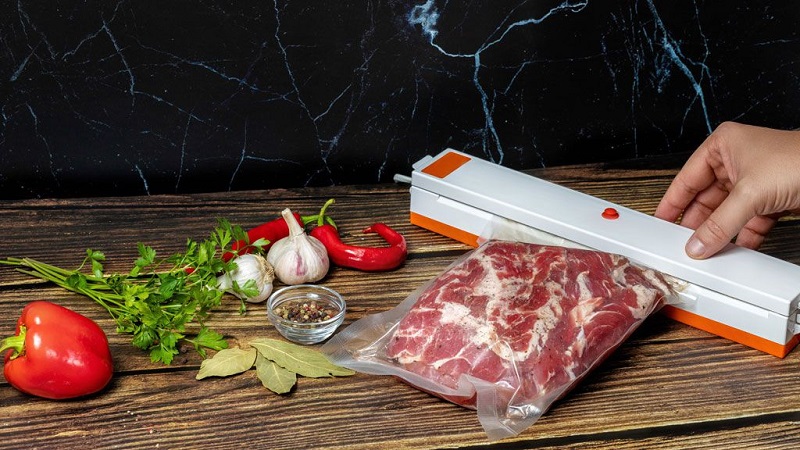 Vacuum packaging method
Vacuum packaging method
While manual vacuum sealing is an option, automated machines are commonly used in the food industry to increase efficiency and production capacity.
This method is prevalent in the food and medical industries, as it helps eliminate oxygen, bacteria, and dust, resulting in a significant increase in the product’s shelf life—up to 3-5 times longer than traditional packaging methods. The absence of oxygen also prevents moisture and mold, inhibiting bacterial growth and evaporation.
3 Types of Vacuum Bags
Anti-Static Vacuum Bags
Anti-static vacuum bags, also known as static shield bags, are designed specifically for transporting electronic items. Made from NY/CPE or NY/CPP, these bags offer superior protection by creating a static-free environment, making them ideal for electronic devices.
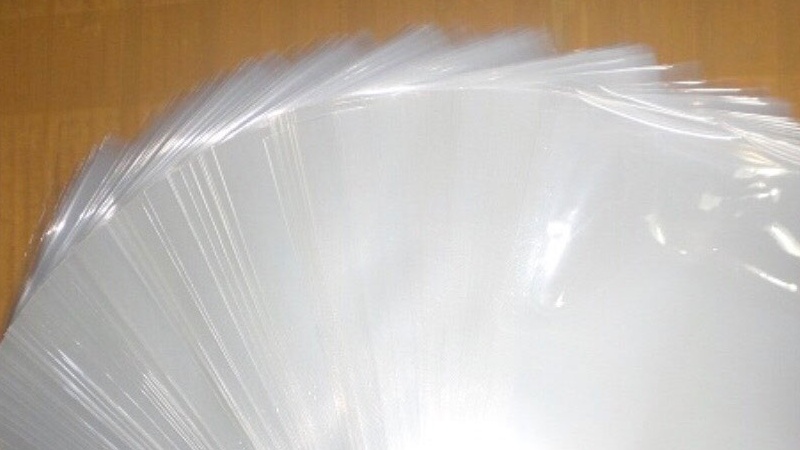 Anti-static vacuum bags
Anti-static vacuum bags
The unique composition of these bags provides excellent barrier properties, heat sealability, and vacuum performance, ensuring the safety of electronic products during transportation and storage.
PA/PE Vacuum Bags
PA/PE vacuum bags are highly regarded by customers for their quality and safety. Made from pure, unused, and recycled PA+PE plastic, these bags offer superior performance and peace of mind.
PET/PE, PET/AL/PE, and PET/MPET/PE Vacuum Bags
These vacuum bags are widely available in the market and are made from a combination of different materials, offering multiple layers of protection to suit various requirements.
4 Can Vacuum Bags Be Reused?
Vacuum bags are a godsend for homemakers looking to preserve food for extended periods while maintaining its nutritional value. However, many people are unsure if these bags can be reused.
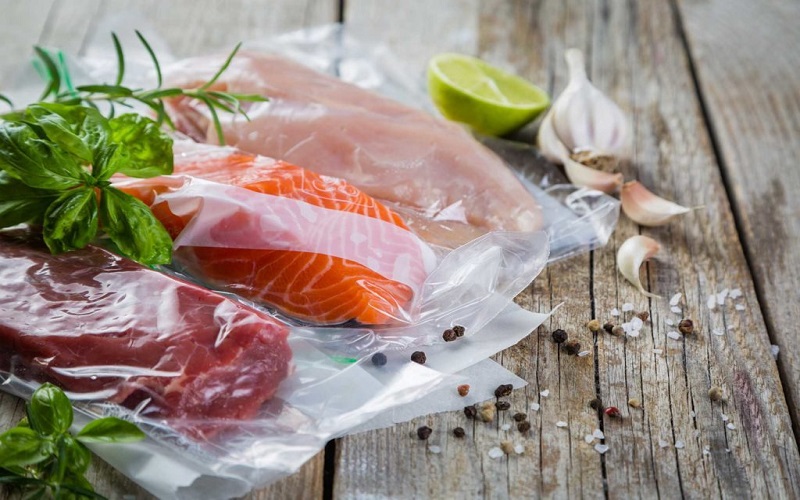 Can vacuum bags be reused?
Can vacuum bags be reused?
Vacuum bags can indeed be reused if they are of good quality and properly cared for. To reuse a vacuum bag, ensure it is durable, flexible, and free from any punctures or tears that could allow air to enter. Additionally, the sealing mechanisms, such as heat seals or vacuum valves, must be intact.
When reusing vacuum bags, it is essential to clean and dry them thoroughly. It is also recommended to use the same type of food item in the bag to prevent the transfer of odors or flavors.
Along with vacuum bags, desiccants are also commonly used to prevent food from becoming damp and moldy.
While vacuum bags are not yet commonplace in every household, they offer a cost-effective and efficient way to preserve food. We hope this article has provided valuable insights into the world of vacuum bags and their proper usage.
You may also like:
More Useful Advice for Homemakers (Part 2)
Have you heard of the surprisingly easy tips to make cooking and household chores simpler? White radish eliminates the acrid taste of salted meat, adding alum to raw shrimp helps soften it, and adding cold water when frying eggs can make them crispy – these are just a few of the tricks to make your life easier.
Is Refrigerated Leftovers Linked to an Increased Risk of Cancer?
Dr. Lam Van Man, Head of Research, Development and Technology Transfer Department of the Institute of Safety Food, has warned of the risk of food poisoning when reheating leftovers from the refrigerator. But what should we be aware of when it comes to the possibility of these leftovers causing cancer? Here, we explore what the experts have to say on the matter and offer some tips for safe eating.


























